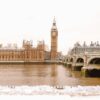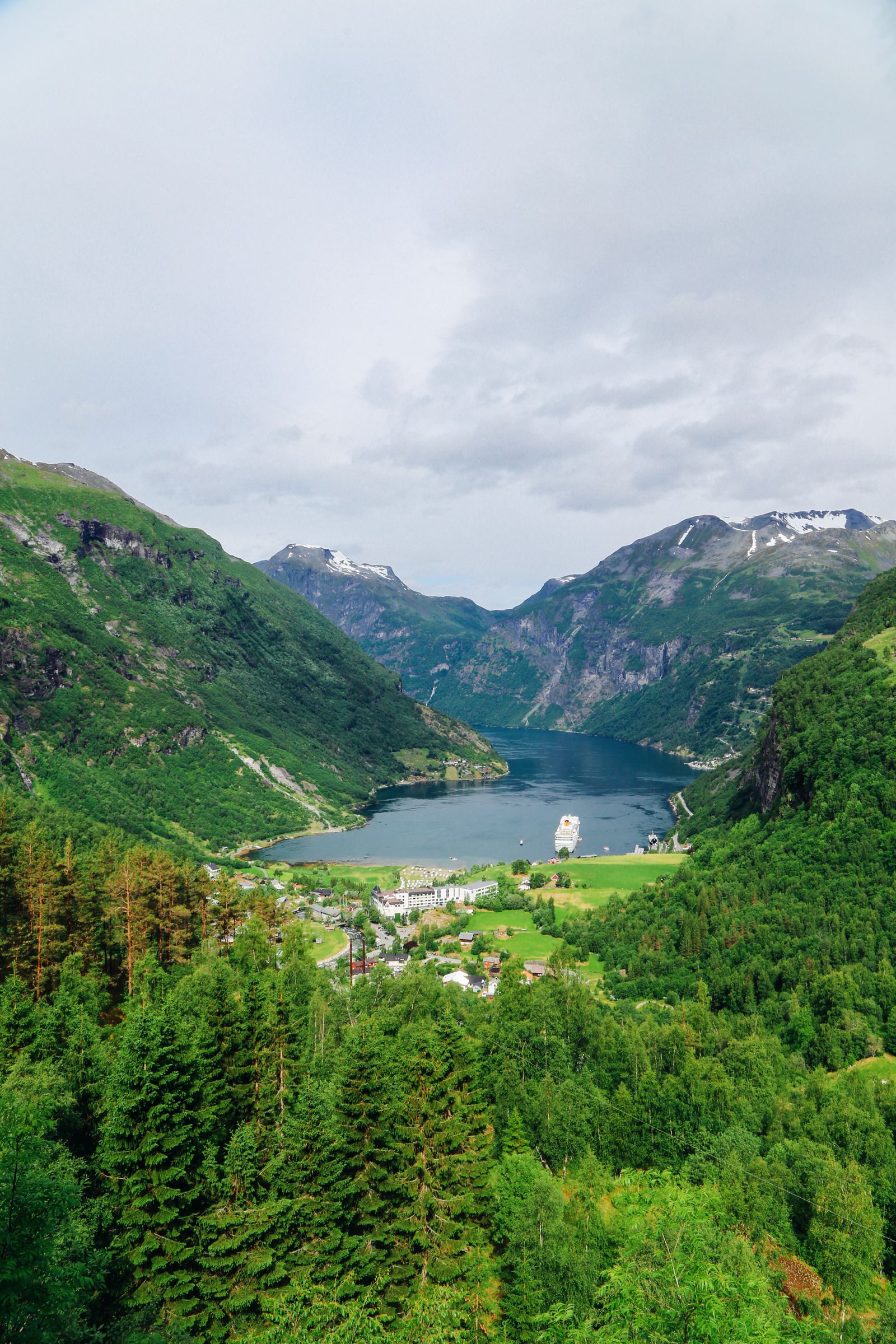After our brilliant morning in the Vatican, we decided to head back towards the hotel to cool off.
At the hotel, we remembered that the hotel had offered free drinks on the roof terrace when we checked in so we figured we might as well grab those!


Not wanting to move from this respite from the heat, we figured we might as well have lunch up here.
Not my finest moment. The food was pretty average but I guess it filled a hole and meant I didn’t have to move away from this spot with the cool breeze streaming through the canopied rooftop.


Later that afternoon, as the sun abated, we headed out for a jaunt around the city, in particular, to find some ‘hidden gems’ in the city.
See here’s the thing about – Rome is one of those cities where works of art you would normally queue up in museums for ages to see are actually available in the most unexpected of places. We’re talking tiny little churches with works from Caravaggio, Michaelangelo and so many other ‘old masters’ hanging up on their walls.
We grabbed a quick coffee before hopping into our guide’s Cinquecento (Fiat 500, an iconic Italian car in these parts – Cinque = 5, Cento = 100) for a wander around the city.



The Cinquecento is such a tiny car but absolutely cute and totally meant we could cover so much more ground across the city.



We started in Basilica di San Pietro in Vincoli, home of Michelangelo’s statue of Moses which is also the tomb of Pope Julius II.
Basilica di San Pietro in Vincoli is one of those churches you would probably have walked past and never even thought to visit. It’s fair unimposing from the outside but is home to such beautiful masterpieces. You don’t even have to pay to go in. If there were any other context in any other city where you could see an original piece of work by Michaelangelo, I’m guessing, especially in the peak of summer, you’d have queues around the block and perhaps even have to pay some fee to pay for the pleasure too.
^This above, by the way, is Michelangelo’s statue of Moses.
Leaving the Basilica, we made our way over to see the Scala Sancta.


Scala Sancta is the staircase where Jesus ascended to be sentenced to crucifixion by Pontius Pilate.
This was apparently found in Jerusalem and brought to Rome by Saint Helena after which it was restored. It is an important site for Pilgrims to Rome and you can only climb on it using your knees.
There are also other ‘everyday’ stairs as well to the side of this for those who can’t go up on their knees.
We then carried on to the chariot grounds in the city – Circus Maximus, overlooked by Palatine Hill, whereas you probably guessed, chariots would race here for the entertainment of the Roman Emperors.
It’s not a whole lot to look at but when you’re there, you can totally see how this would have been a chariot racing stadium as not much has been done to change it.
Looking for one of the best views of the city, we headed over to Parco Savello or the Orange Gardens of Rome to check out the city from this vantage viewpoint.



We popped in quickly to Basilica di Santa Sabina all’Aventino an empty(-ish) but still rather impressive church which is actually the oldest extant Roman basilica in Rome.



Next to this is the Knights of Malta, which, like the Vatican, isn’t actually part of Rome! It’s technically not even part of Italy all.
You can do much here though – except peep through the keyhole, which we did before carrying on to find Bocca Della Verità, a marble mask of Oceanus – a Titan god (the same one at the Trevi Fountain) located in Santa Maria in Cosmedin church.
We carried on through the city, past a few more stops we made mental notes to return to later, before stopping off at the Spanish Steps, one of Rome’s more popular sites (understandably so too).


The Spanish steps aren’t too far from Piazza del Popolo, home to the amazing Basilica Parrocchiale Santa Maria del Popolo.
Santa Maria del Popolo is another one of those spots you wouldn’t necessarily think to visit but it’s actually home to so many pieces of works by some of the world’s most celebrated artists. Here you’ll find art by Caravaggio, Raphael, Gian Lorenzo Bernini and so many more.
Alas, we didn’t have time to go in – don’t worry, we did a couple of days after so I’ll show you what it looks like in another post but trust me, you’ve got to check this one out in the city.
We then carried on to Janiculum to check out another impressive view over the city.
Swinging past Fontana dell’Acqua Paola, we decided it was probably time to call it a day as we made our way slowly back to our hotel.
The tour has been a perfect little taster of some of Rome’s amazing secrets and had set us up quite nicely for the following days as I knew which hidden masterpieces across the city I wanted to check out in even more detail.
We finished things off with some beers before saying bye to Emanuele, our guide for the day!


Dinner that evening was perhaps the point I finally fell in deep lust with Aperol Spritz.



We’d had a fairly long day exploring Rome but it was one of those days that left you even more excited to see and do more and despite having had Aperol Spritz a fair few times before, something about the heady mix of exhaustion, anticipation, hunger and excitedness just made the subsequent rounds of Aperol Spritz I have over dinner of pasta and seafood zip its way right up to the top of my favourite drinks list.
I said it before and I’ll say it again, Rome had proven to once again be absolutely amazing and I was most definitely looking forward to exploring even more of the eternal city.
Check Out The Very Best Of Great Britain!














































